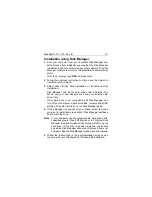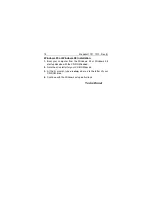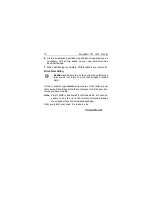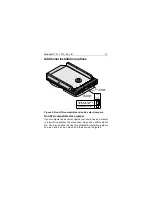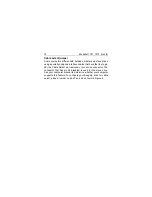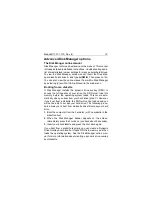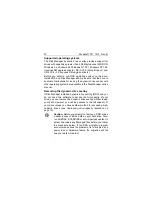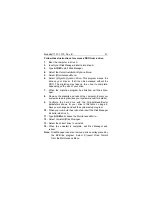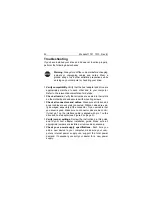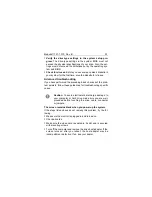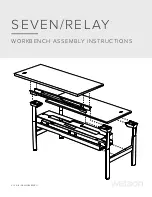
8
Medalist 1721, 1010, Rev. B
Configuring your computer
Before you format or partition your new drive, you must configure
your computer’s BIOS so that the computer can recognize your
new drive.
1. Turn your computer on. As your computer starts up, watch the
screen for a message that describes how to run the system
setup program (also called BIOS or CMOS setup). This is
usually done by pressing a special key, such as
DELETE
,
ESC
,
or
F1
, during startup. See your computer manual for details.
Press the appropriate key to run the System Setup program.
2. Enable LBA mode if it is available. Many BIOS use the logical
block addressing (LBA) mode to access drives with capacities
greater than 528 Mbytes.
3. If your BIOS provides automatic drive detection (an “Auto”
drive type), select this option. This allows your computer to
configure itself automatically for your new drive.
If your BIOS does not provide automatic drive detection,
select “User-defined” drive settings. If your computer supports
LBA addressing, enter the LBA cylinder, head, and sector val-
ues for your drive from the table at the top of the next column.
If your computer does not support LBA addressing, enter the
CHS values from the table.
4. Save the settings and exit the System Setup program (your
computer will automatically reboot).

















